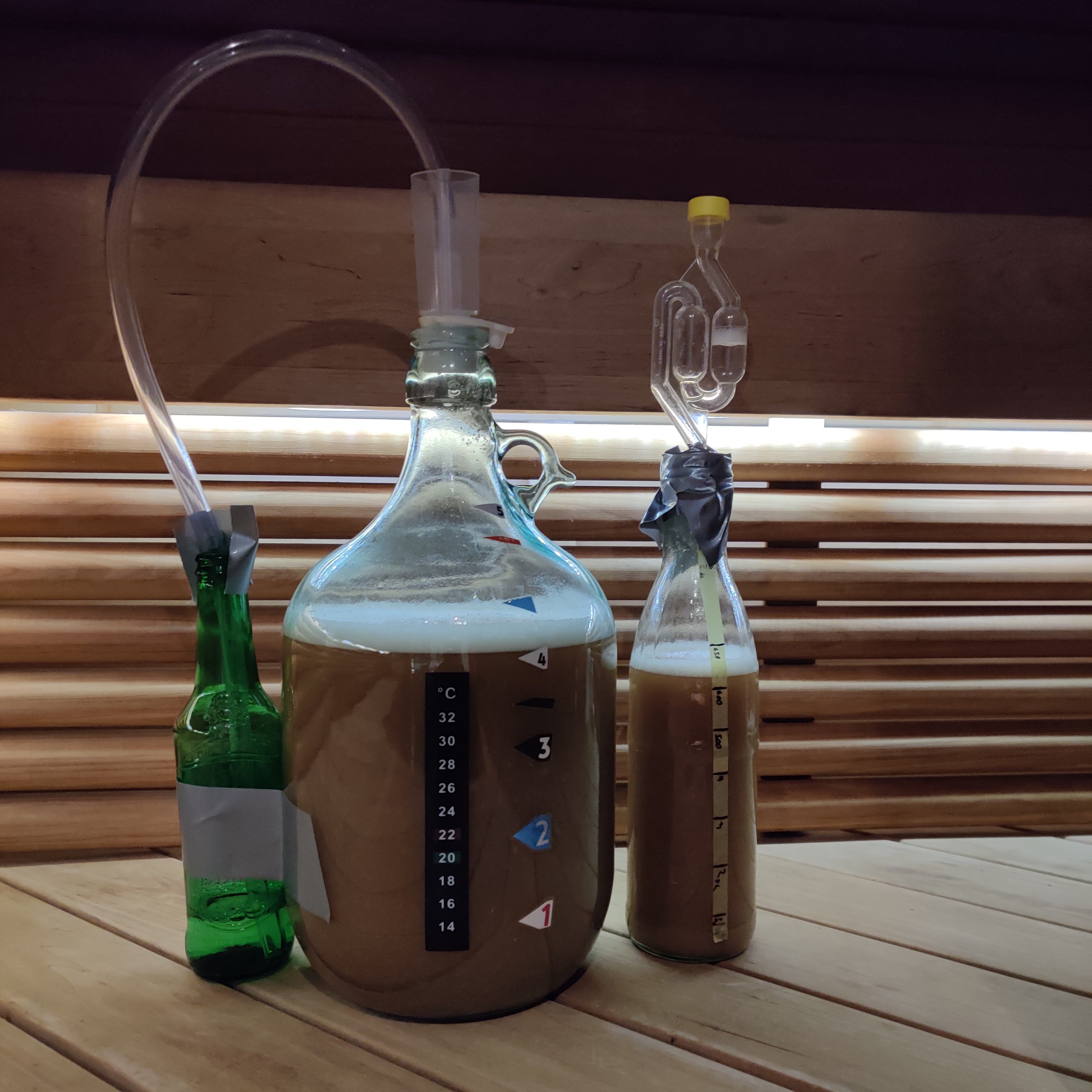I'm curious about something. I've been brewing one gallon batches for about six years, but almost never brew the same recipe back to back, often I will only repeat a recipe when I drank the last bottle of that specific batch. Someone mentioned that it is not really possible to brew consistent batches on a small scale. Does anyone have info on whether one can really be consistent on a small scale, where a fraction of an ounce of Hops can make a huge difference in IBU's?
Sadly I can't directly comment on the core of the question, which is - can you brew two (identical in recipe) batches back to back and have them taste the same? Because I haven't done so (yet)
But I can say that my efficiencies have been within, surprisingly, 1% since my most recent set of upgrades many months back (with one exception at 5% - it was a low gravity mild, so...maybe that's a factor?), which is to say: I think wort production is reasonably repeatable if you, as I do, keep your process simple (I suspect batch sparging with a single sparge dose helps with consistency), and are flexible with your boil times (most beers I like call for, or allow, a single ~60 minute addition, so I can give or take 10 minutes to hit the numbers should my boil rate be a touch high or low)
However, god only knows re: fermentation. Pitch rates remain tricky for me, to the point where I just calculate what fraction of a smack pack or White Labs vial to pitch, and eat the cost each time (no US ales generally, or I'd use US-05 like all the time), oxygenation is somewhat imprecise (I have yet to install an inline flow rate meter, though tossing in an aquarium pump til equilibrium is reached would be great for consistency - though if memory serves I've read that that takes about an hour), and you'd need a thermowell to really have stable, consistent fermentations, all of which is doable but, as the kids would say, extra af
Then, there's packaging. Again, I don't trust priming sugar enough to call it batch-to-batch consistent, so you're stuck cold crashing and/or fining, racking to keg, carbonating (highly consistent if your keg temps are), and bottling or serving draft
Should you do all that, I think you'd be good. Again, I think wort production wouldn't be the issue, but fermentation and packaging would be where I suspect you'd quite simply have to drop some cash on gear (if you don't have those things) to get consistency. But hey, if your basement is +/- 1 degree, and you prime with the exact same amount of sugar, maybe you'd have nearly as good consistency!
And should I brew two identical beers back to back (I'm workshopping a Kölsch, so it's a distinct possibility if I'm ever happy with it), I'll give 'em a taste side by side (maybe even triangle), and toss it on here





























![Craft A Brew - Safale BE-256 Yeast - Fermentis - Belgian Ale Dry Yeast - For Belgian & Strong Ales - Ingredients for Home Brewing - Beer Making Supplies - [3 Pack]](https://m.media-amazon.com/images/I/51bcKEwQmWL._SL500_.jpg)




























